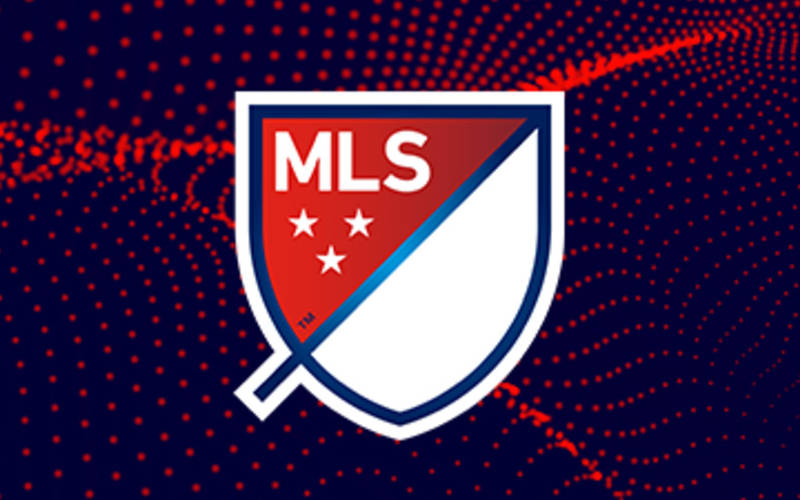In the world of soccer, acronyms are often used to describe leagues, clubs, and organizations. One acronym that has become increasingly prominent in the North American soccer landscape is “MLS.” The purpose of this article is to provide a clear understanding of what MLS stands for and to explain its significance within the context of North American soccer. By exploring the origin, structure, mission, and impact of MLS, readers will gain a comprehensive understanding of the league and its role in shaping the future of soccer in the United States and Canada.
The Origin of MLS
Background and establishment of Major League Soccer
Major League Soccer was founded in December 1993 as part of the United States’ bid to host the 1994 FIFA World Cup. FIFA, the international governing body of soccer, required that a professional league be established in the country to support the growth and development of the sport. After the successful hosting of the World Cup, MLS officially kicked off its inaugural season in 1996 with ten teams.
The early years of MLS were marked by a mix of excitement and challenges as the league sought to establish itself in the crowded North American sports market. Initially, many teams played in oversized American football stadiums, which were not ideally suited for soccer matches. However, the league persevered and gradually built a dedicated fan base and improved its infrastructure.
The role of MLS in the North American soccer landscape
Since its inception, MLS has played a crucial role in shaping the North American soccer landscape. The league has served as a platform for talented players from the United States, Canada, and other countries to showcase their skills and develop their careers. MLS has also been instrumental in fostering a soccer culture across the continent, with passionate fans supporting their local clubs and attending matches.
Over the years, MLS has grown significantly, both in terms of the number of teams and the quality of play. The league has also gained recognition on the global stage, attracting high-profile international players and competing against top clubs from other countries in international competitions like the CONCACAF Champions League.
MLS Structure and Organization
League composition and conference system
MLS currently comprises a diverse mix of clubs from both the United States and Canada. The league is divided into two conferences: the Eastern Conference and the Western Conference. Each team plays a regular-season schedule, facing opponents from both conferences. At the end of the regular season, the top teams from each conference qualify for the MLS Cup Playoffs, a single-elimination tournament that culminates in the MLS Cup Final.
Expansion and growth of the league
Since its founding, MLS has continually expanded, adding new clubs and markets to its roster. This growth has been driven by a strategic plan to broaden the league’s footprint and engage more fans across North America. Expansion has also been fueled by the construction of soccer-specific stadiums, which provide an improved matchday experience for fans and a more suitable environment for the sport.
Relationship with other soccer organizations
MLS maintains close relationships with various soccer organizations at the national and international levels. In the United States, the league works in conjunction with the United States Soccer Federation (USSF) to promote the sport and develop talent. In Canada, MLS collaborates with the Canadian Soccer Association (CSA) to support the growth of soccer in the country.
On the international stage, MLS is a member of the Confederation of North, Central America and Caribbean Association Football (CONCACAF), the regional governing body for soccer. This affiliation allows MLS clubs to participate in the CONCACAF Champions League, where they compete against top clubs from the region.
The Mission and Goals of MLS
Developing soccer talent in North America
One of the primary objectives of MLS is to develop soccer talent within the United States and Canada. The league accomplishes this through various initiatives, such as the Homegrown Player Rule, which encourages clubs to invest in their own academies and develop local talent. Additionally, MLS clubs are actively involved in youth soccer, often partnering with local organizations to provide coaching, resources, and support.
Fostering a competitive and entertaining league
MLS aims to create a competitive and entertaining league that attracts fans and engages communities. To achieve this, the league has implemented unique rules and structures, such as the Designated Player Rule, which allows clubs to sign high-profile international players without exceeding the salary cap.
Furthermore, MLS strives to maintain a level playing field through mechanisms like the salary cap and roster regulations. These measures help to ensure that all clubs have an opportunity to succeed, fostering a competitive and unpredictable league that keeps fans engaged and excited throughout the season.
Engaging fans and communities
Engaging with fans and local communities is a crucial aspect of MLS’s mission. Clubs work tirelessly to build strong connections with their supporters, involving them in various aspects of the club’s operations, such as the selection of team names and colors. Fan engagement is also promoted through initiatives like supporter groups, which create a vibrant and passionate atmosphere at matches.
In addition to engaging with fans, MLS clubs are committed to making a positive impact in their communities. Many clubs have established charitable foundations or partnered with local organizations to support causes such as education, health, and social inclusion. Through these efforts, MLS clubs strive to be not only successful on the field but also valuable contributors to their communities.
MLS’s Impact on North American Soccer
Growth of soccer culture in the United States and Canada
MLS has played a pivotal role in the growth of soccer culture in North America. The league’s presence has helped to raise the profile of the sport, attracting new fans and inspiring a generation of young players. This growth is evident in the increasing number of soccer-specific stadiums, the proliferation of youth soccer programs, and the rising popularity of the sport on television and social media.
Development of soccer infrastructure and facilities
As the league has expanded and gained prominence, MLS has also spurred the development of soccer infrastructure and facilities across the continent. Soccer-specific stadiums have become the norm for most clubs, providing an optimal environment for both players and fans. These modern facilities often include state-of-the-art training centers and academies, which support player development and help to nurture the next generation of soccer talent.
Influence on youth soccer and player development
MLS’s impact on youth soccer and player development cannot be overstated. The league’s focus on nurturing homegrown talent and investing in youth academies has created opportunities for young players to develop their skills and pursue professional careers in the sport. This, in turn, has benefited the national teams of both the United States and Canada, as more talented players emerge from the domestic system and contribute to their countries’ international success.
Conclusion
In summary, MLS stands for Major League Soccer, a professional soccer league that has become an integral part of the North American soccer landscape. Since its founding in 1993, MLS has played a crucial role in the growth and development of soccer in the United States and Canada. By fostering a competitive and entertaining league, developing soccer talent, and engaging with fans and communities, MLS continues to shape the future of soccer in North America and contribute to the sport’s ongoing success.




